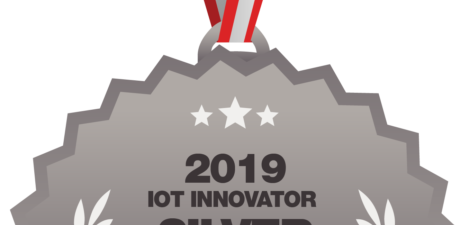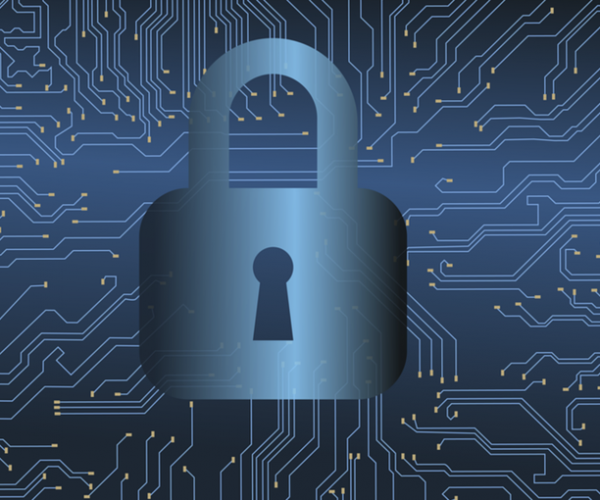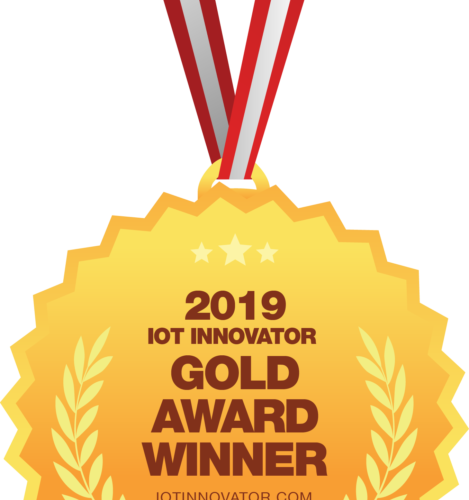How Sensors and Predictive Analytics are Shaping the Future
by Matt Meehan
In the early 1980s, a computer science graduate student at Carnegie Mellon University in Pittsburgh, Pennsylvania jerry-rigged a campus Coke machine with the world’s first (primitive) IoT device so that he could conveniently monitor the contents from afar. Meanwhile, across town, canaries were still being used to monitor levels of carbon monoxide and other toxic gases in the mines where workers dug for coal, which was used to create a different kind of coke that is essential in the production of steel. (If the canary collapsed and died suddenly, miners closest to the bird knew it was time to evacuate.) There is no irony lost in the fact that, although the exploration and extraction of natural resources such as copper, silver and coal has led to innovation since the dawn of civilization, the industry itself has been slow to adopt new technologies that improve both processes and worker safety.
Data from the Centers for Disease Control (CDC) shows that deadly coal mining accidents occurred in the U.S. with alarming regularity from 1839 until 1992, at which time electronic sensors had been widely embraced as a replacement to canaries. Since then, a slow and gradual shift has taken place, with mining companies around the globe—aiming for zero harm—drastically reducing fatalities and incrementally moving toward automation and predictive analytics to optimize across the entire ecosystem. In addition to the increasing use of autonomous vehicles, drones and automated drilling systems, smart sensors are creating a digital supply network via an IIoT (Industrial Internet of Things) infrastructure capable of connecting people, machines and devices to automate functions and capture invaluable data in real time. But given the challenges of an industry that historically has been fragmented, turning that data into actionable insights will be critical in the next industrial revolution—Industry 4.0.
Closing the technology gap with digital tools
In a 2018 report from Deloitte, energy and resources consulting partner Paul Klein stated, “Many mining organization are not yet using all of the data they are capturing from operational systems, or are still struggling to improve reporting from legacy ERP systems. However, some are now realizing that capturing and managing the right data, and using the latest analytic tools, can deliver significant improvements in operational productivity, maintenance of assets, and safety of employees.”
Mining isn’t the only industrial sector grappling with the technology gap. Consider the $10 trillion global construction industry, where injuries and fatalities rank the highest of any occupation and growth over the past two decades has averaged at just 1 percent compared with 2.8 percent for the total world economy and 3.6 percent for manufacturing. In a comprehensive report, McKinsey & Company cites fragmentation, tight regulations and the slow pace at which digital technologies are adopted and implemented as the primary factors inhibiting higher productivity. With revised predictions suggesting continued sluggish growth between 2019-2023 in North America in particular, there is no better time than now to invest in the kind of technology and talent reshaping retail, healthcare, telecom and beyond.
The high cost of putting money first and safety last
Unlike many other industries, industrial sectors including natural resources, water, energy, oil and gas and agriculture can have a profound impact on the environment and society. It’s likely no one will forget the 2010 explosion aboard the Deepwater Horizon drilling rig that killed 11 workers and dumped 4.9 million barrels of oil into the Gulf of Mexico. Equally tragic but underreported, the 2015 Aliso Canyon gas leak at Porter Ranch in Southern California is considered the worst single natural gas leak in U.S. history in terms of its environmental impact. The result of a corroded infrastructure, the leak took 112 days to plug, but by that time 97,100 metric tons of the potent greenhouse gas methane had been unleashed into the atmosphere. A 2019 conclusive report from the California Public Utilities Commission found that Southern California Gas Co. failed to monitor and adequately assess its aging wells for disaster potential and investigate previous well failures at the Aliso Canyon storage field. Best summed up by Thomas Ryerson, a National Oceanic and Atmospheric Administration chemist who was part of a team estimating the damage, “One little thing going wrong has just rolled back years of emissions reduction efforts by the state of California.”
Shattering the era of closed architecture concepts
According to MarketsandMarkets, the global industrial sensors market, estimated at $16 billion in 2018, is expected to reach $21.6 billion by 2023, with the high cost of implementation a significant factor limiting growth. But while many businesses are finding it difficult to take that leap forward and embrace industrial IoT and artificial intelligence (AI), many who have risked the transition are realizing tremendous benefits, recognizing that predictive analytics from remote monitoring systems, in particular, has the potential to dramatically transform hazardous environments not only to protect workers but also the communities where they operate. With a standards-based approach for collecting, storing, organizing and structuring data on a single platform, organizations are overcoming the fragmentation suppressing IIoT adoption and making collaboration less costly and challenging at the same time. Below are just a few of many examples illustrating real-world benefits of adopting a unified approach for an industrial IoT solution:
· Tailings Dams ROI – The largest tailings storage facility in North America improved operating costs with a solution that took just five days to implement, saved $218,000 on upfront engineering time and increased data availability to real-time, providing a current annual cost reduction of $143,000.
· Environmental ROI – A 108-square-mile mining project improved its economics by implementing an end-to-end solution within 21 days that reduced the overall cost of the project by 78 percent and translated into a $698,000 savings on an $180,000 investment.
· Groundwater Management ROI – One of the world’s largest metals and mining companies realized more than $300,000 in annual cost savings associated with its dewatering program for one deployment. In addition to dramatically improving data accuracy, it reduced energy usage and increased equipment reliability resulting in savings in excess of $1,000,000.
Demystifying technology is critical in closing the technology gap. That’s why new industrial IoT platforms that can amalgamate all the moving pieces and seamlessly integrate with existing systems and IT architecture are serving as the equalizing force. With proven workflows and development tools, all stakeholders are empowered—from the pit to the boardroom. Imagine the different outcomes had workers been equipped with predictive data that alerted them to an eminent dam or bridge collapse, an oil tanker explosion, slope failure or machine entanglement—all real-life tragedies that could have been avoided or mitigated.
No doubt the Carnegie Mellon grad student enjoyed dazzling fellow students with his precognitive ability to determine just how many bottles were remaining in the campus Coke machine but likely didn’t consider the widespread implications of such a “sixth sense” technology. Thanks to the determination of entrepreneurs continually pushing boundaries, every incremental step along the way is contributing to a safer future, where humans and machines working in tandem can provide the kind of insights that continue to drive innovation and improve civilizations.
Matt Meehan is the CEO of sensemetrics.




